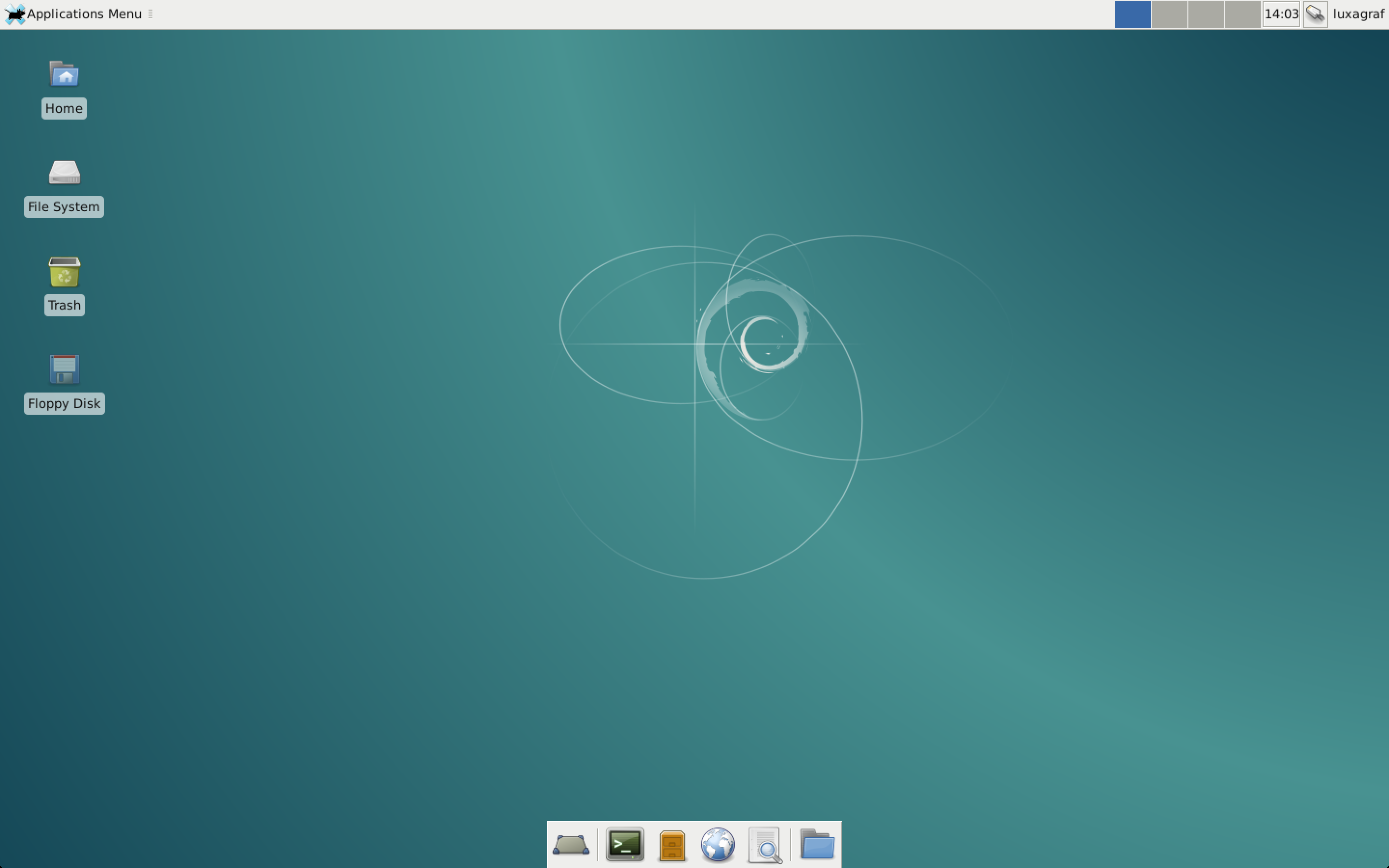Install Debian Linux

In this tutorial we will learn how to install local software packages (.DEB) in Debian and its derivatives such as Ubuntu and Linux Mint using three different command line tools and they are, and gdebi.This is useful to those new users who have migrated from Windows to Ubuntu or Linux Mint. The very basic problem they face is installing local software on system.However, Ubuntu and Linux Mint has its own Graphical Software Center for easy software installation, but we will be looking forward to installing packages through terminal way. Install Software Using Dpkg Commandis a package manager for Debian and its derivatives such as Ubuntu and Linux Mint. It is used to install, build, remove and manage.deb packages. But unlike other Linux package management systems, it cannot automatically download and install packages with their dependencies.To install a local package, use the dpkg command with the -i flag along with package name as shown. $ sudo dpkg -i teamvieweramd64.deb.

Propresenter 6 download free. Install Local Package in UbuntuIf you get any dependency errors while installing or after installing and launching a program, you can use the following apt command to resolve and install dependencies using the -f flag, which tells the program to fix broken dependencies. $ sudo apt-get install -fTo remove a package use -r option or if you want to remove all its files including configuration files, you can purge it using the -purge option as shown. $ sudo dpkg -r teamviewer Remove Package$ sudo dpkg -purge teamviewer Remove Package with Configuration Files. Remove Package in UbuntuTo know more about installed packages, read our article that shows how to. Install Local Package Using apt-get in UbuntuTo remove a package use remove option or if you want to remove all its files including configuration files, you can purge it using the purge option as shown. $ sudo apt-get remove teamviewer$ sudo apt-get purge teamviewerOR$ sudo apt remove teamviewer$ sudo apt purge teamviewer3. Install Software Using Gdebi Commandgdebi is a tiny command-line tool for installing local deb packages.
It resolves and installs package dependencies on the fly. To install a package, use the following command. $ sudo gdebi teamviewer13.1.3026amd64.deb. Install Local Packages Using Gdebi in UbuntuTo remove a package installed from gdebi, you can use apt, apt-get or dpkg commands using purge option as shown. $ sudo apt purge teamviewerOR$ sudo apt-get purge teamviewerOR$ sudo dpkg -purge teamviewerThat’s It!
In this tutorial, we have explained three different command line tools for installing or removing local Debian packages in Ubuntu and Linux Mint.If you know any other way of installing local packages, do share with us using our comment section below.

Debian 10 Buster was released recently. It is the latest version of Debian operating system.In this article, I am going to show you how to install Debian 10 Buster on VirtualBox. So, let’s get started. Requirements:To follow this article, you must have,. VirtualBox installed on your computer. At least 8GB of RAM installed on your computer.
At least 20GB of free disk space on your computer. Internet connectivity. Hardware virtualization VT-x/VT-d or AMD-v enabled from the BIOS of your motherboard.Downloading Debian 10 ISO Image:The first thing you need to do is to download the Debian 10 ISO image from the. From here, you can download Debian 10 Live ISO image for different desktop environment (i.e. GNOME, KDE, LXDE, LXQT, MATE, Cinnamon, Xfce) depending on your preference. I will go for the GNOME desktop environment in this article.Once you click on the link, your browser should prompt you to download the Debian 10 Live ISO image. Select Save File and click on OK.The download should start.
Install Linux From Web
It may take a while to complete.Creating a VirtualBox Virtual Machine (VM) for Debian 10 Installation:Now, start VirtualBox and click on New. You can also press + N.Now, type in a Name for the virtual machine, make sure the Type is set to Linux, and Version is set to Debian (64-bit).